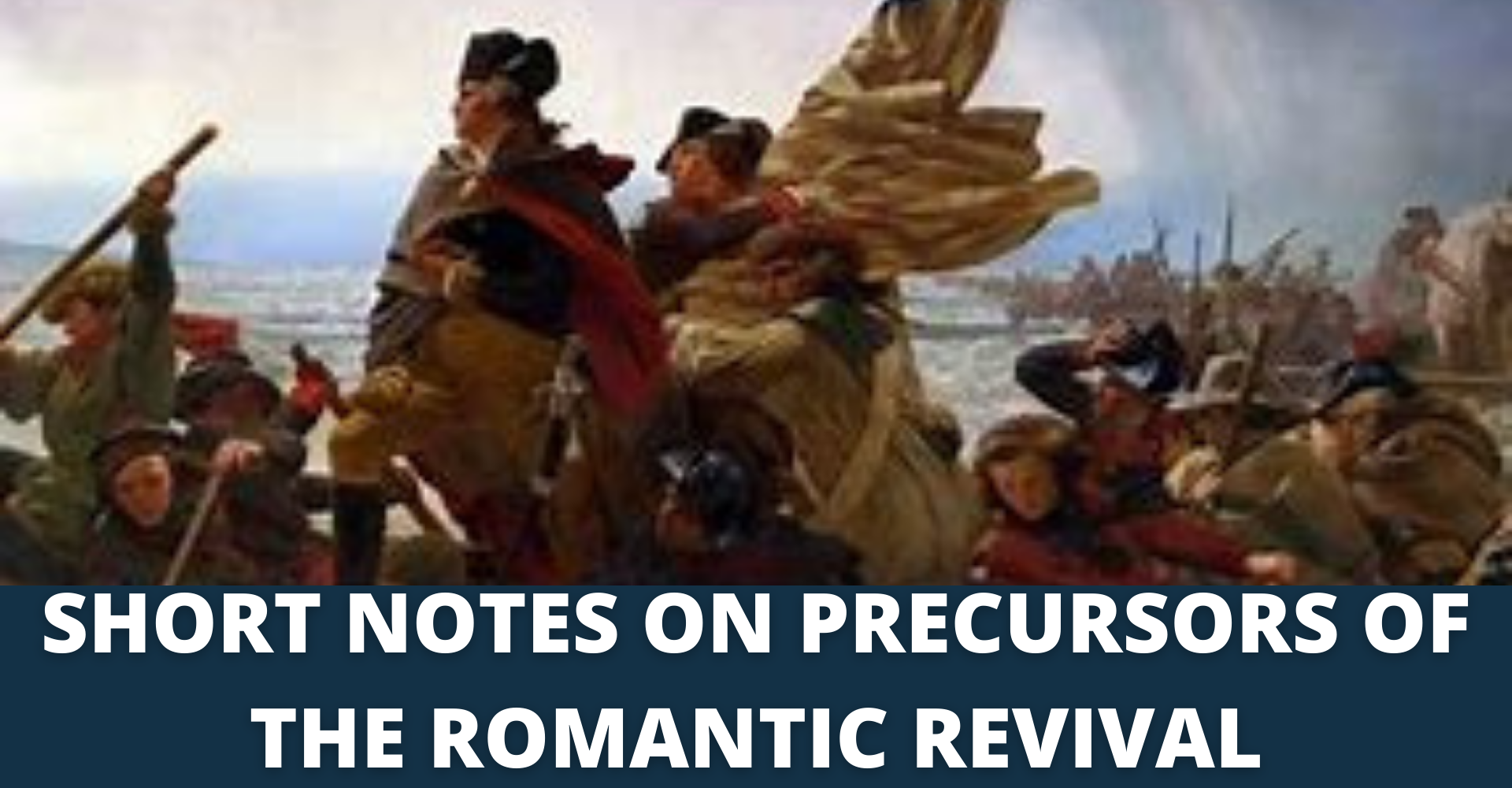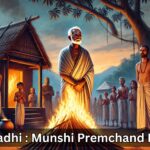The growing poverty among the working, the classes, the perfect emigration, the denudation of villages and the disintegration of society made the poets more than ever alive to human sufferings. Johnson’s disgust with London found reflection in the opposite direction of love of nature for its own sake. Lady Winchilsea had an eye for the beauties of nature. There was also the tendency to break away from the prevailing use of heroic couplet and to revive other measures. A new spirit was in the air of greater freedom and naturalness in the expressions of human feelings. The poets who showed romantial-earnings during the age of Johnson were known as the precursors of the Romantic Revival. They were James Thomson, William Shenstone, Thomas Gray, William Collins, William Blake, Robert Burns, William Cowper and George Crabbe.
The first significant poet having this outlook was James Thomson (1700-1748). His chief works in verse comprise The Seasons. It is a long poem on the four seasons of the year in blank verse. Library is the another long poem in blank verse. In The Castle Of Indolence, Thomson revives the Spenserian stanza.
Thomas Gray (1716-1771) was another great poet whose contributions in reviving the romantic elements are great and memorable. He is one of the important precursors of the Romantic Revival. His poems are steeped in Melancholy. His first poem Ode On A Distant Prospect Of Eton College is very significant and important. In this poem his feelings for nature the melancholy not and the personal reflections anticipate the romantic temper. His famous poem Elegy written in a country churchyard. This poem is surfeit with melancholy spirit, which is the characteristic trait of the Romantic poetry. The other significant works of Gray are The Progress Of Poesy and The Board.
William Collins (1721-1759) like Gray expressed deep feelings of melancholy. His principal poems are his twelve odes of which the following food are his best Ode To Evening, How Sleep The Brave and Ode Occasioned By Death Of Mr. Thomson. In these poems the poet values the importance of solitude. Collin’s Ode To Evening has Keatsian quality. In its feelings for the beauties of nature from colour and atmosphere.
James Macpherson became the most famous poet by the publication of the ossianic poems called the works of ossian.
George Crabbe (1754-1832) was one of the important precursors of the Romantic Revival. Most of his poems are written in the heroic couplet. But in all these poems he depicts his boundless love of nature. His well known poems are The Library and The Village. The Village presents the picture of working men.
Robert Burns (1759-1796) was the most giften among the precursors of the Romantic Revival. His genius was lyrical and his range was as wide as his sympathies. He had immense love for nature and had a firm belief in human dignity. These are the quintessence of Romantic poetry. His best poems were written in the Scottish dialect but they Sing themselves into our heart. Some of his poems My Love Is Like A Red Red Rose and Ae Fond Kiss And Then We Sever have still heart throbbing affection the readers.
William Blake (1757-1827) was the most significant and forceful among the host of poets who tried to bring in the romantic elements in his poems. Blake saw the world with the fresh wonder of a child awakening to the beauty and joy of life. He was the first English poet who felt the influences of the back to nature cult which is the essence of romantic poetry. His later and better volumes of verse are The Songs Of Innocence and The Songs Of Experience. The notable songs in The Songs o Of Experience include: The Tiger, The Clod and The Pebble. In the poems of Blake we find a complete break from classical poetry. He is more with romantics. His flare of lyricism, his love of nature and his suggestion of beauty really made him the most dominating poet among the precursors of the Romantic Revival.











